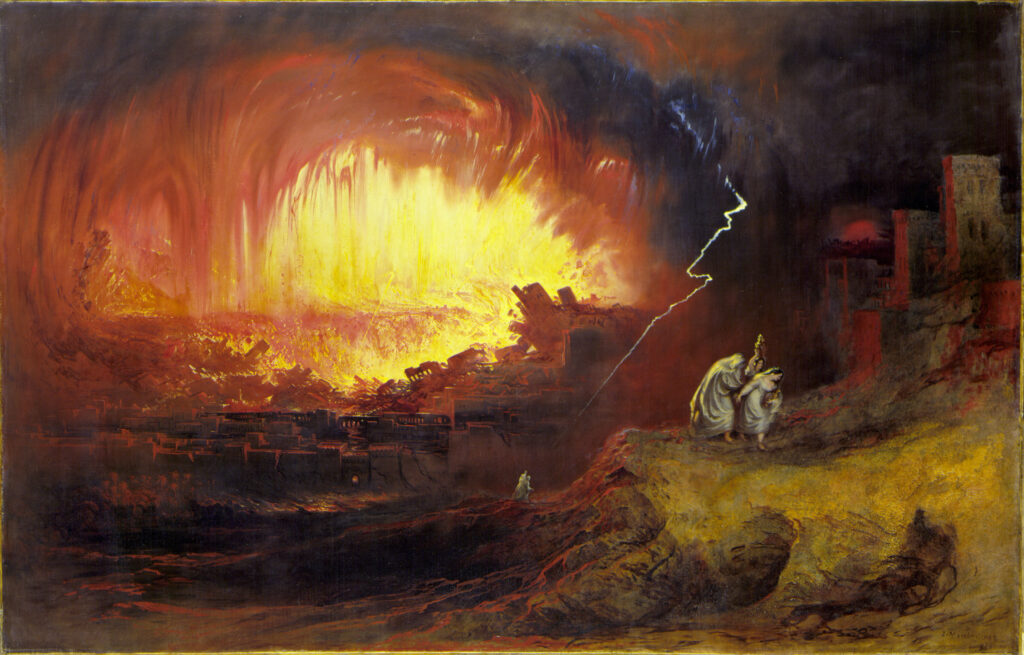
Pope Pius XII called Dietrich von Hildebrand the “20th century Doctor of the Church.” Dietrich von Hildebrand was a fierce anti-Nazi crusader. Hitler and Himmler despised him and sought to have him assassinated. Dietrich managed to evade the Nazis and ultimately flee to America where he taught philosophy at Fordham University. Von Hildebrand voiced his greatest concerns, however, over the remainder of his life fighting against the Modernist heresy in the Church, especially after the Second Vatican Council.
His thought was crystallized in his famous 1967 book “Trojan Horse in the City of God.” Von Hildebrand expressed his reason of profound lament in writing the book:
“This book has been written out of a deep sorrow at witnessing the emergence of false prophets within the City of God.”
The book was written in 1967 just after the close of the Vatican Council II. It was then that the Latin Mass Liturgy was transformed into the modern Mass. Von Hildebrand’s ire, however, was directed not at Vatican Council II, which favored the Latin Mass, but at the false prophets of Modernism who sought to undermine the 2,000 year tradition of the Church.
Von Hildebrand attacked the “grave errors widespread among progressive Catholics.” These are what are rotting the Church out from the inside. Progressive Catholics would rather the Church adopt the spirit of the age than convert the spirit of the age to the Church. This is heresy.
And what are the Modernist heresies?
According to von Hildebrand, they are naturalism, secularism, scientism, relativism, evolutionism, atheism, amoralism, indifferentism, Marxism, and Communism. These are the cancers eating away at modern man, and have even seeped into the Body of Christ, eating away at doctrine, tradition, the sacraments, and the liturgy. Particularly, materialism and science fetishism, Von Hildebrand called “the cancer of our epoch.”
These are much like the ancient heresies that the Church has had to fight continuously to subdue in her past:
Gnosticism (1st century) – humans are divine souls trapped in material bodies
Docetism (2nd century) – denying Christ’s human body
Arianism (4th century) – denying the divinity of Christ
Pelagianism (5th century) – denying original sin and the need for Christ’s grace
Nestorianism (5th century) – denying the divine nature of Christ
Monophystism (5th century) – denying the human nature of Christ
Monothelitism (7th century) – denying the two wills of Christ
Iconoclasm (8th century) – belief that icons are idols and must be destroyed
Albegensianism (12th century) – denying the creation by God; a form of Gnosticism where the world was created by Satan.
Protestantism (16th century) – denying the Church, the priesthood, the sacraments, Tradition, and advocating sola scriptura (scripture alone), sola fides (faith alone), sola gratia (grace alone)
The 18th, 19th, 20th, and 21st centuries have been a whole new breed of heresies altogether, and a summation of all the previous heresies combined. It is the summation of all worldly historical heresies at our footsteps. In our day, Darwinsim, Marxism, Freudianism, Scientism, Secularism, Easternism, Mohammadism, atheism, occultism are pervasive everywhere as well. As Von Hildebrand suggests:
“Like a besieged city, the Church is surrounded by the errors and dangers of our time.”
The teachings of the false prophets are everywhere. Von Hildebrand left his most vehement attack against Teilhard de Chardin who he dubbed succinctly “a false prophet,” who preached a “theology fiction.” Eternity concerns the individual and the individual is not absorbed into the common consciousness of an impersonal force for eternity. This is a new age Chardin heresy blended with eastern mysticism.
Christianity is concerned with the individual. It is incompatible with the generic impersonalism of New Age movements as well as the collective of the Communists. These are anathema! He declares, ” Supernatural truths deserve vigorous defense.”
Von Hildebrand counsels strongly that, “The Church is advised therefore to be wise and concern herself with surviving in a Communist world.”
The modern man and the modern world seeks to depersonalize each human being created in the image of God. This is false. This is heresy.
Materialism and Communism are fundamentally totalitarian in nature. They seek to depersonalize each person. It is the cult of depersonalization! The progressive left and Socialists are fundamentally anti-humanitarian in their outlooks. There can be no reconciliation between Communists and Catholics. What does Christ have to do with Satan?
Secularization is apostasy from Christ. Christ’s truths are eternal and do not change. The miraculous cannot be stripped from the Gospels. Revitalization will focus on the supernatural spirit of Christ.
It is at this point in the 21st century that we find ourselves. Even Von Hildebrand might have been shocked in the 1960s how quickly we have rushed down the Gerasene cliff like mad swine drowning under the water. Welcome to Sodom and Gomorrah 2021.
